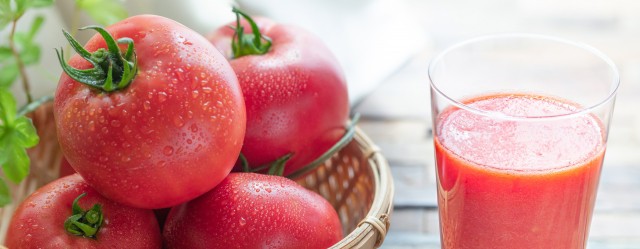
Summary
On August 23, 2023, the Council for the Japanese Agricultural Standards (JAS) was held to discuss revisions of eight standards, including the JAS for Jams and the JAS for brewed vinegar. The main changes in this revision are as follows,
-the format of the JAS will be changed to the simpler one in accordance with international standards for the future convenience of the usage of the JAS
-new contents will be added to the labeling items in JAS for High fructose syrup and Sugar added high fructose syrup.
Background
The appropriateness of the establishment/revision of the JAS is determined in accordance with the Standards for Establishment and Revision of Japanese Agricultural and Forestry Standards (August 29, 2022, decided by the JAS Council). The main purpose of this revision is to improve the linkage with international standards and the searchability and convenience of the Standards by adjusting the format of the target JAS to JIS Z 8301, and to expand the range of future utilization. (*JIS Z 8301 specifies the composition of standards forms and the method of creating standards such as Japanese Industrial Standards (JIS))
Contents of the revision
The following eight standards will be revised this time.
– The JAS for Foods produced with the participation of persons with disabilities
– The JAS for Refrigeration in fruit and vegetable wholesale markets
– The JAS for Jams
– The JAS for Brewed vinegar
– The JAS for Processed tomato products
– The JAS for Dressings
– The JAS for High fructose syrup and Sugar added high fructose syrup
– The JAS for Bread crumbs
In this revision, aligned with the other standards of the JAS, the formats for the JAS for the eight standards will be changed according to JIS Z 8301(which was created based on the ISO guide) in order to improve the linkage with international standards and the searchability and convenience.
Please refer to the JAS for processed tomato products and check the difference between the conventional and revised formats.
<Conventional>
4. Quality
4.1 Tomato juice
4.1.1 Description
The descriptions are as follows.
a) Must have good flavor and color, no off-flavors
b) The particles must be fine, the distribution of the particles must be uniform, and the viscosity must be moderate.
c) There must be few impurities
4.1.2 soluble solids excluding salt content
Soluble solids excluding salt content must be 4.5% or more when tested according to 5.2 and 5.3.
(Omitted)
<Complied with JIS Z 8301 standard>
4. Quality
4.1 Tomato juice
The quality of tomato juice must conform to the quality standards in Table 1.
Table 1 – Tomato Juice Quality Standard
| Classification | Standards |
|---|---|
| Description |
As follows. a) Must have good flavor and color, no off-flavors b) The particles must be fine, the distribution of the particles must be uniform, and the viscosity must be moderate. c) There must be few impurities |
| Soluble solids excluding salt content |
Must be 4.5% or more when tested according to 5.2 and 5.3 |
(Omitted)
In the JAS for High fructose syrup and Sugar added high fructose syrup, the conventional labeling items used to be only:
– “the content ratio of fructose and net weight “ for High fructose syrup
– “the content ratio of fructose in high fructose syrup, the content ratio of sugar, and net weight” for Sugar added high fructose syrup
The revision will newly add the necessary labeling items such as,
– name
– storage method
– best before date
– ingredients list
– name and address of food-related business operator
– country of origin
for both items (High fructose syrup and Sugar added high fructose syrup)
Upcoming schedules
The revision of the format is expected to allow further range of the usage of the JAS with improvement of the linkage with international standards and the searchability and convenience of standards. We recommend that those who are dealing with foods that fall under this revision and those who are considering using the JAS system in the future read the contents after the revision.
Share/Like/Follow:
Newsletter Signup
We issue monthly e-newsletters, which provide you with the latest updates on food labeling/regulations in Japan.
If you want to make sure to not miss any issue, please click below.
Related Service
Research Services on Ingredients & Food Labeling -For the Japanese Market-
We verify the conformity of ingredients and additives with the standards for use in Japan based on specifications such as formulation lists. We also verify the conformity of the proposed labeling of ingredient names, nutrients, etc. with the labeling standards based on specifications such as formulation lists.
Label bank Co., Ltd. Regulatory inspections and Consulting Research staff
Specializing in biology, he is engaged in research work on ingredients and additives imported to Japan from overseas.


